Photonic Networks Project: O-E-O Topology, Optical Bypass and Analysis
VerifiedAdded on 2020/04/21
|11
|724
|403
Project
AI Summary
This project analyzes photonic networks, specifically focusing on O-E-O (Optical-Electrical-Optical) network topology and optical bypass-enabled networks. The assignment explores the shortest path and alternative paths within O-E-O networks, utilizing graph transformation techniques to visualize and analyze network structures. It investigates two-link node disjoint paths to enhance network reliability and efficiency, comparing minimum summary metrics to identify the best path. The project also examines optical bypass networks, determining reachability and employing graph transformations to optimize network performance. The project includes detailed diagrams, and references, providing a comprehensive understanding of photonic network concepts and analysis methods.
1 out of 11


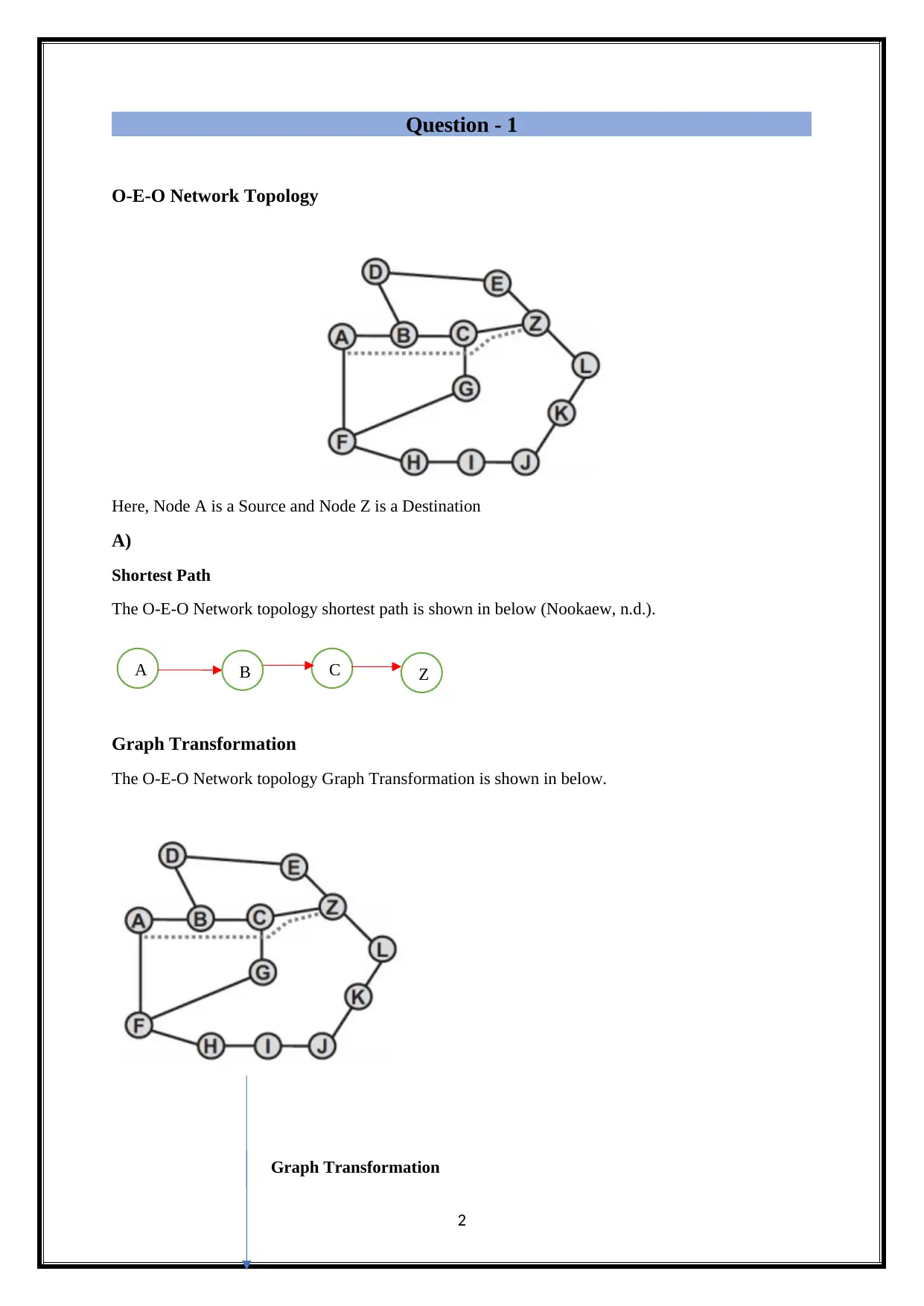

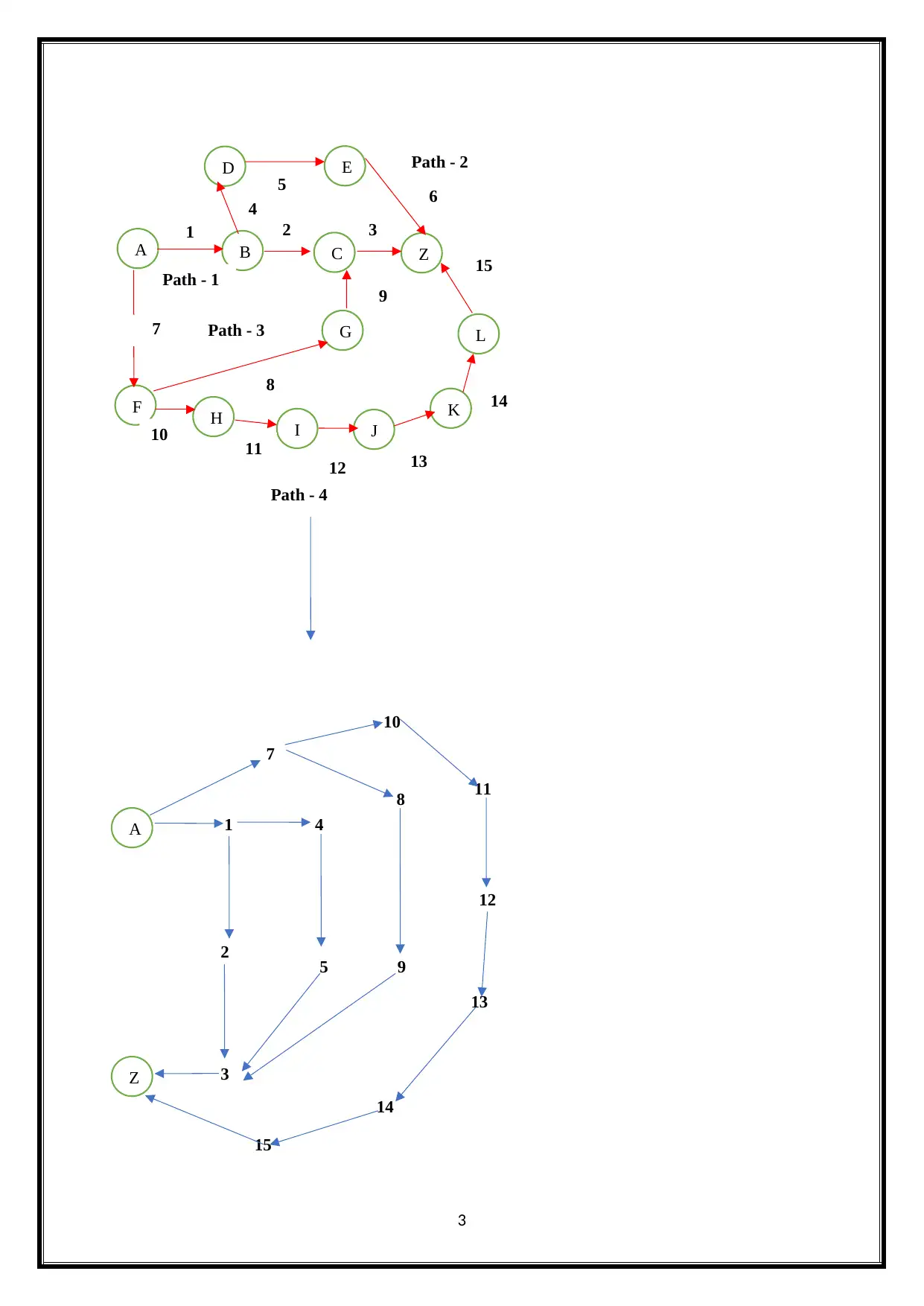
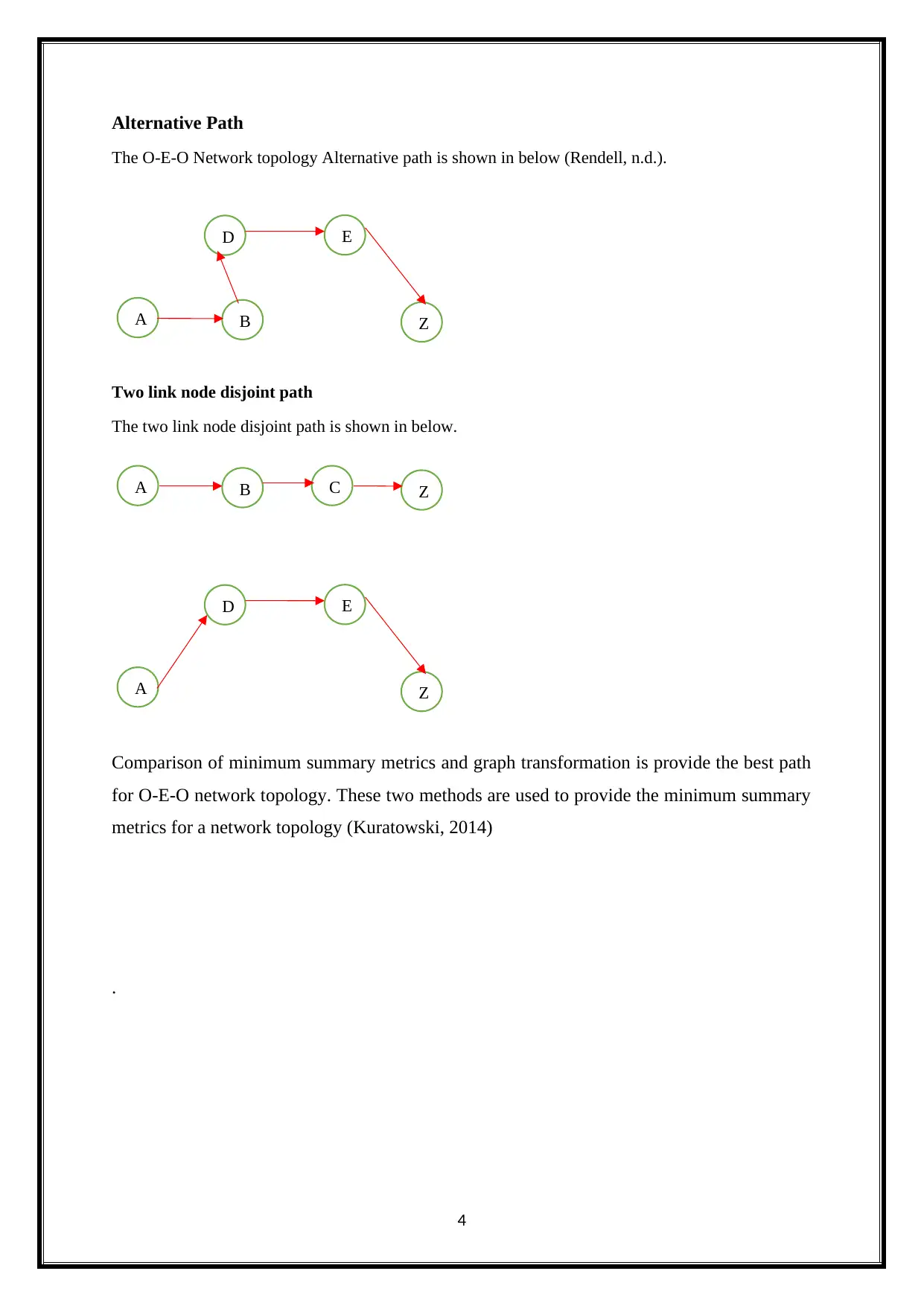
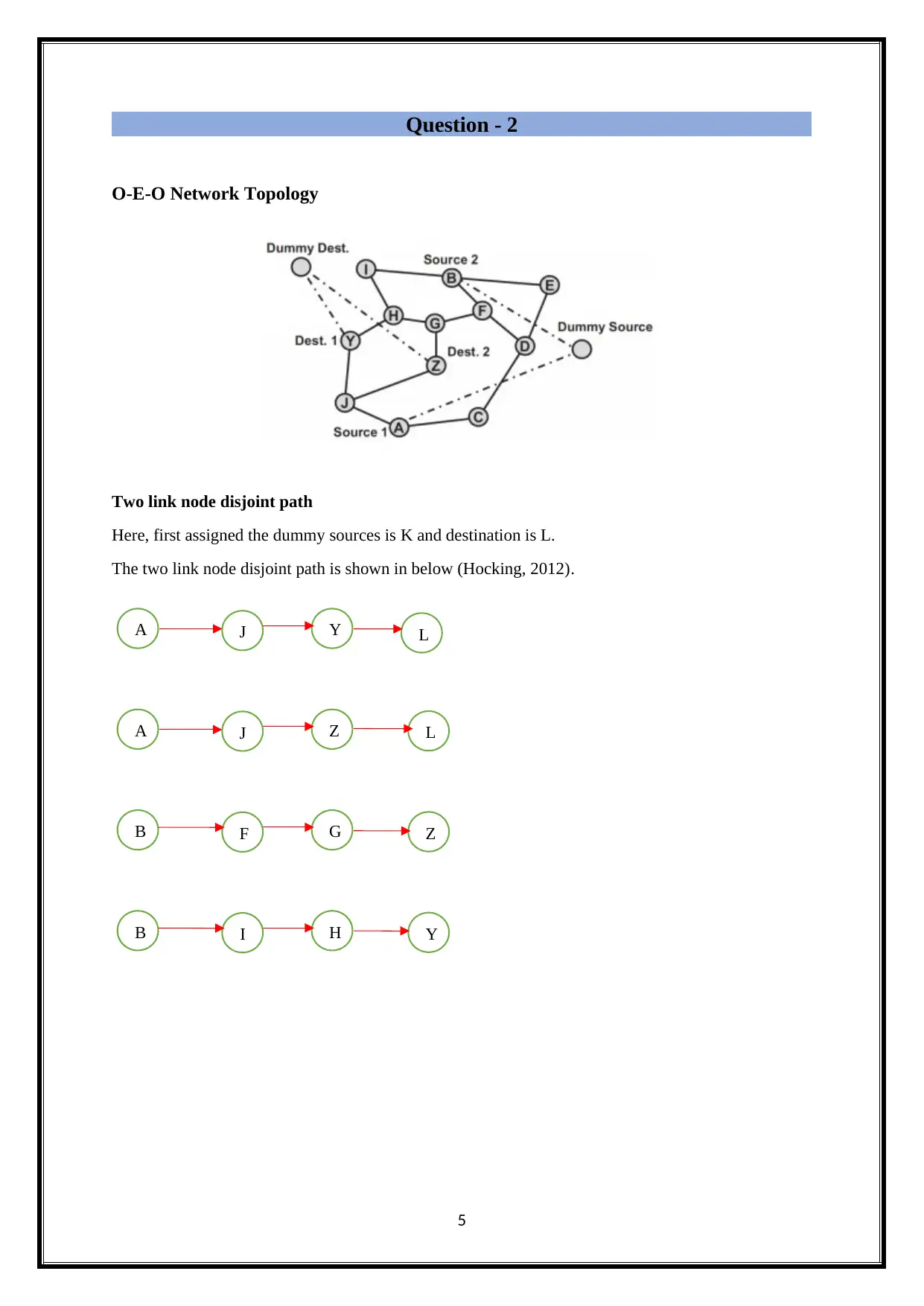
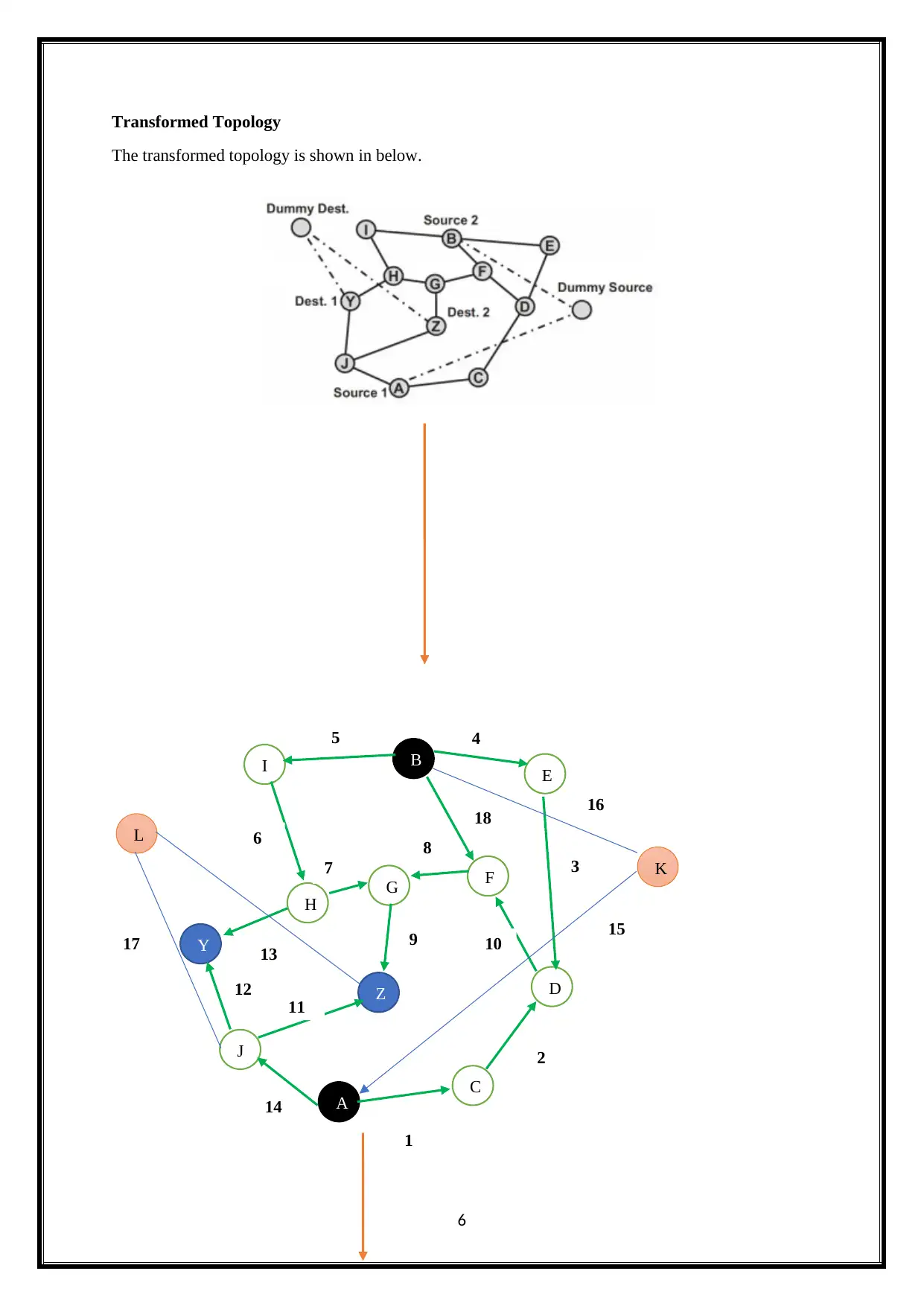
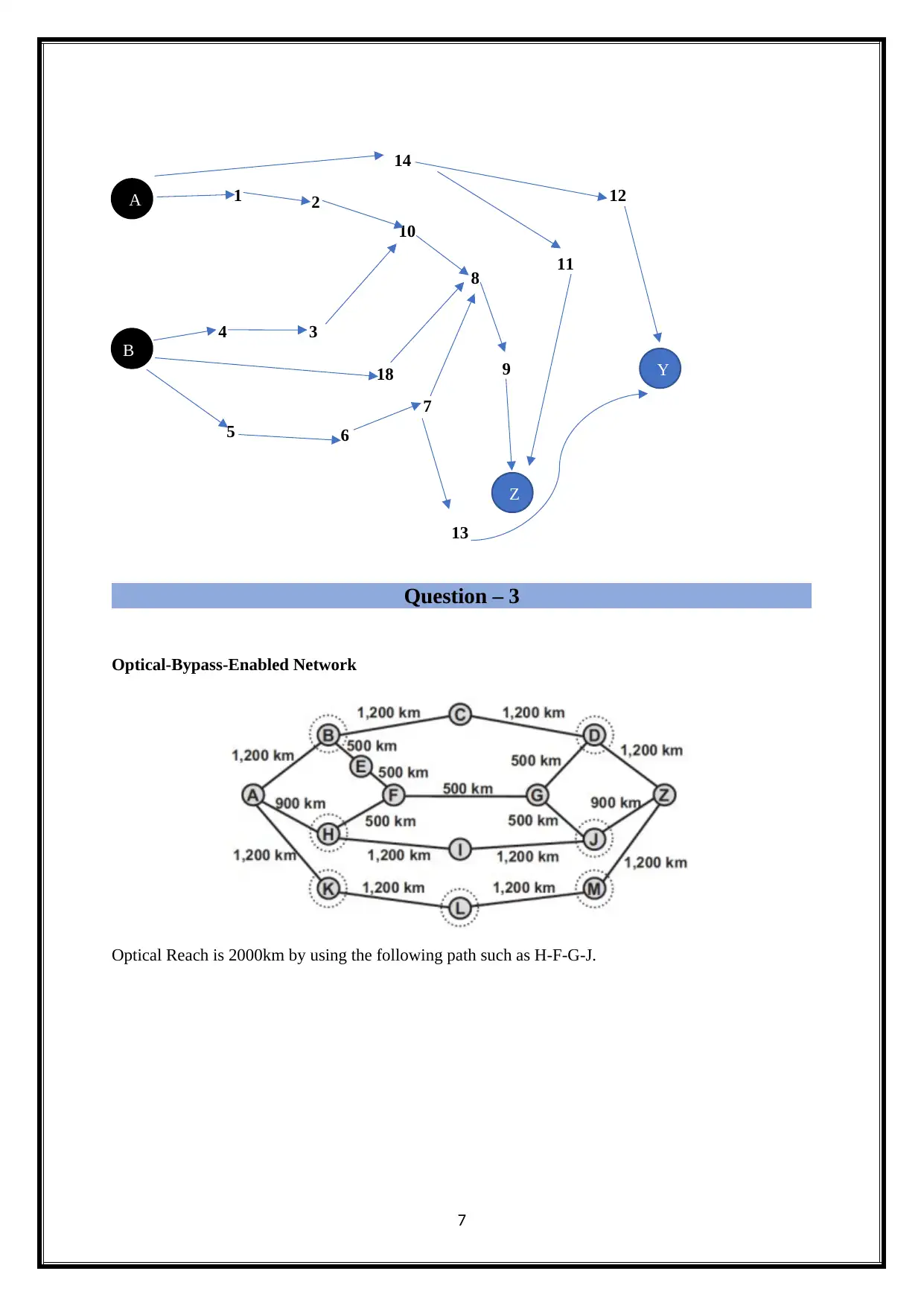
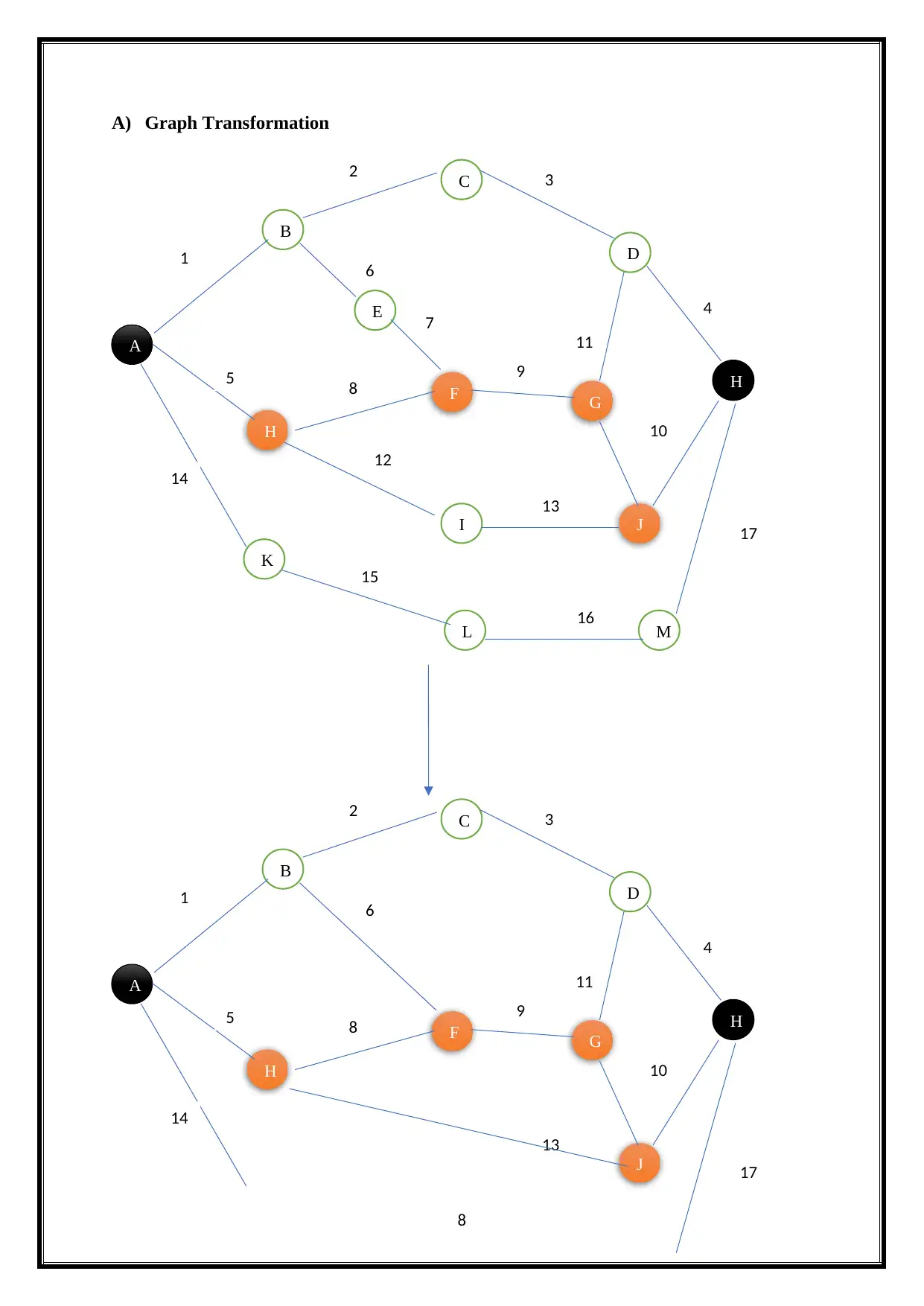
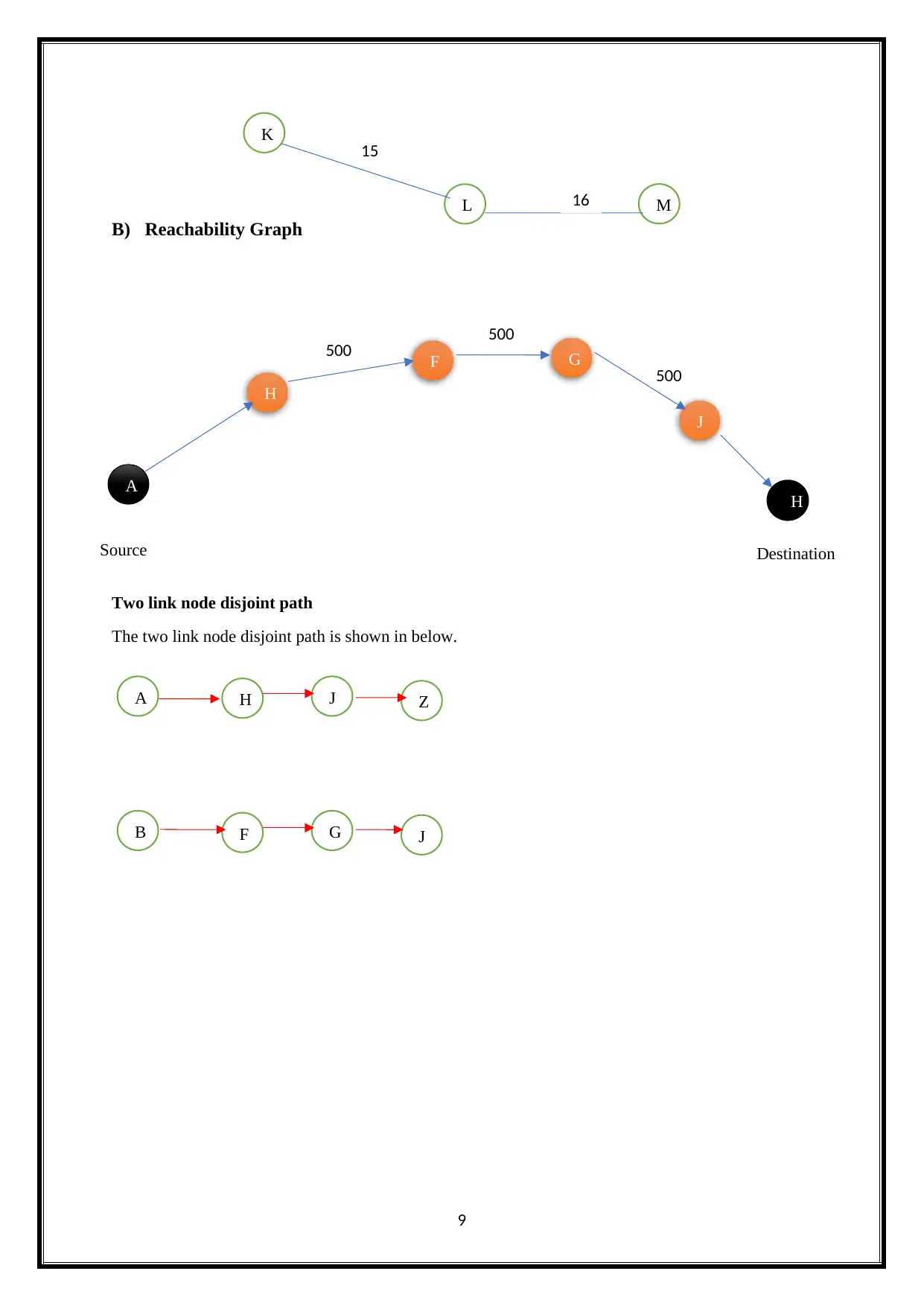






![[object Object]](/_next/static/media/star-bottom.7253800d.svg)